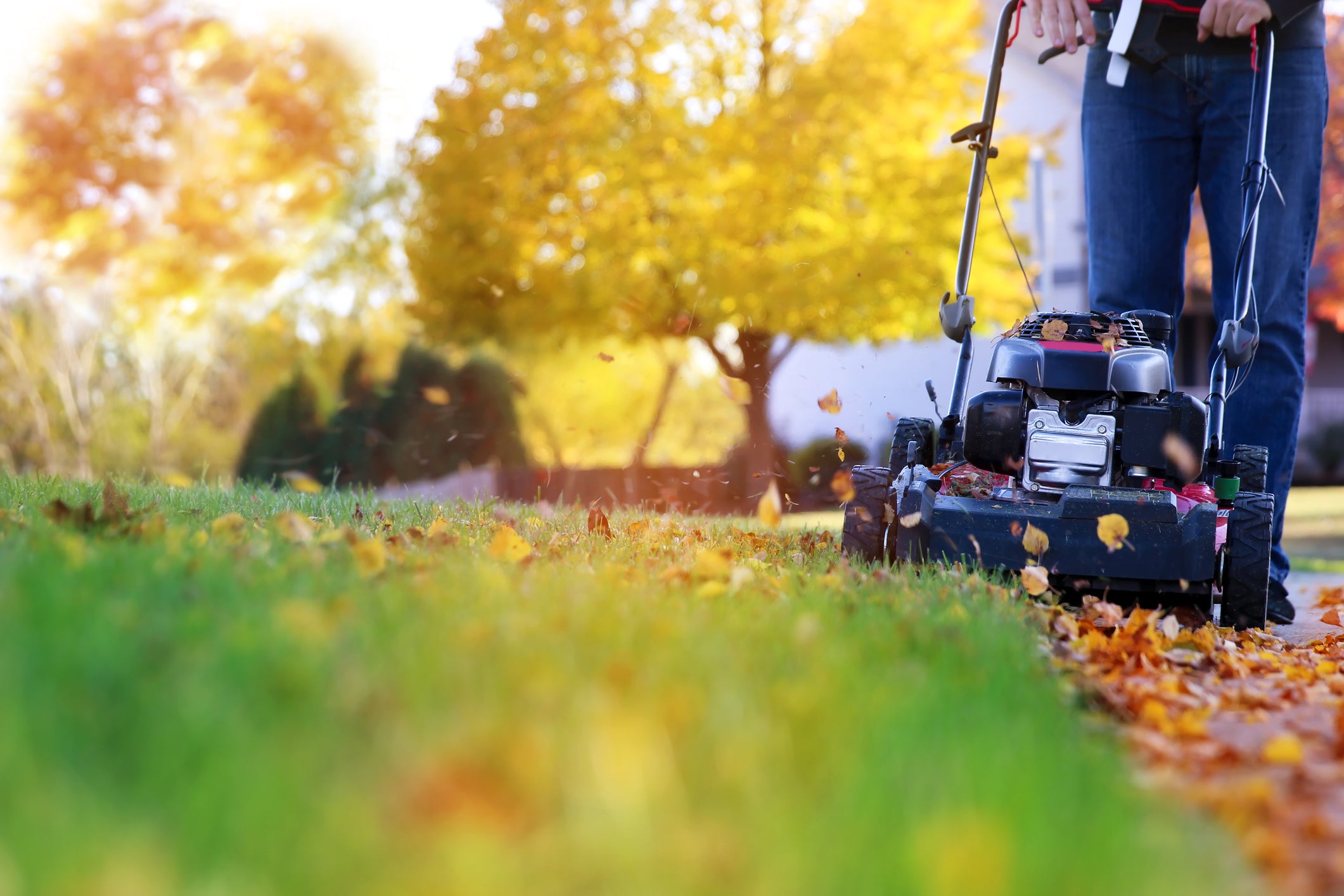As the warm days of summer give way to the crisp air of autumn, it's time to shift focus to lawn care. September is a crucial month for preparing your grass for the colder months ahead. With the right techniques, you can ensure your lawn not only survives but thrives through fall and winter, emerging vibrant and healthy come spring. This guide will walk you through essential fall lawn maintenance tasks, including overseeding, fertilizing, and weed control, with expert advice on using organic and locally sourced products.
1. Overseeding: A Fresh Start for Your LawnOverseeding is the process of adding new grass seed to an existing lawn to fill in bare spots, improve grass density, and enhance the lawn's overall health. September is an ideal time for overseeding because the soil is still warm from summer, providing an excellent environment for seed germination, while cooler air temperatures reduce stress on young seedlings
Choose the Right Seed: Select a grass seed blend suited to your region's climate and your lawn's specific conditions. In the Pacific Northwest, consider using blends with fescue, Kentucky bluegrass, or perennial ryegrass, which thrive in cooler temperatures and resist disease.
Prepare the Lawn: Mow your lawn to a shorter height, around 2 to 2.5 inches, to allow the seeds better contact with the soil. Rake to remove thatch and debris, creating a clear surface for the seeds to reach the soil.
Spread the Seed: Use a broadcast spreader to ensure even distribution. Follow the recommended seeding rate on the seed package to avoid overcrowding.
Water Regularly: Keep the soil consistently moist but not waterlogged. Water lightly once or twice a day until the seeds germinate, which typically takes 7 to 21 days. Once the grass is established, reduce watering to encourage deep root growth.
2. Fertilizing: Nourishing Your Lawn for the WinterFertilizing in the fall is one of the most critical steps to maintaining a healthy lawn. The right nutrients can help your grass recover from summer stress and build up reserves to endure the winter.
Use a Slow-Release, Organic Fertilizer: Organic fertilizers release nutrients slowly over time, providing a steady supply of food for your lawn. Look for fertilizers with a balanced ratio of nitrogen (N), phosphorus (P), and potassium (K), with a slightly higher percentage of nitrogen to promote green growth.
Apply at the Right Time: In the Pacific Northwest, late September to early October is the optimal time for fall fertilizing. This timing allows the grass to take up nutrients before the winter dormancy sets in.
Follow Application Guidelines: Use a spreader to apply the fertilizer evenly and follow the manufacturer's recommendations for application rates. Over-fertilizing can harm your lawn and the environment by causing nutrient runoff.
3. Weed Control: Preventing Unwanted IntrudersWeeds can compete with your grass for nutrients, water, and sunlight, weakening your lawn. Fall is a good time to tackle weeds because many are actively storing energy for winter, making them more susceptible to treatment.
Identify the Weeds: Knowing what type of weeds you have is essential for choosing the right control method. Common lawn weeds in the Pacific Northwest include dandelions, clover, and crabgrass.
Use Organic Herbicides: Consider using organic, non-toxic herbicides that target specific weeds without harming your lawn. Products containing ingredients like vinegar or corn gluten meal can be effective.
Manual Removal: For isolated patches of weeds, hand-pulling or using a weeding tool can be an effective and environmentally friendly option.
4. Additional Tips for Fall Lawn CareAeration: If your soil is compacted, consider aerating your lawn. Aeration allows air, water, and nutrients to penetrate the soil more effectively, promoting root growth. Use a core aerator to remove small plugs of soil and reduce compaction.
Raking Leaves: Regularly remove fallen leaves to prevent them from smothering your grass and creating an environment for mold and disease. Use a mulching mower to shred leaves and turn them into beneficial compost.
Adjust Mowing Height: As temperatures drop, raise your mower height slightly to leave the grass blades longer, around 3 inches. Longer grass helps shade the soil, reducing weed growth and water evaporation.
5. Emphasizing Organic and Locally Sourced ProductsChoosing organic and locally sourced lawn care products not only benefits your lawn but also supports sustainable practices. Organic products are less likely to harm beneficial soil organisms, and local products often have a smaller carbon footprint and are tailored to your region's specific needs.
Healthier Soil: Organic fertilizers and soil amendments improve soil structure and increase microbial activity, leading to healthier, more resilient grass.
Environmental Stewardship: Reducing the use of synthetic chemicals minimizes the risk of water contamination and protects local wildlife.
Support Local Economy: Purchasing locally produced lawn care products helps support regional businesses and farmers.
September is a pivotal month for lawn care, setting the stage for a healthy, lush lawn in the spring. By focusing on overseeding, fertilizing, and weed control, and by using organic and locally sourced products, you can create a robust and sustainable lawn that stands up to the challenges of fall and winter. Remember, a little effort now will pay off with a beautiful, green lawn that will be the envy of the neighborhood come next year.

Good article on grass transition to fall/winter.
Leave a comment